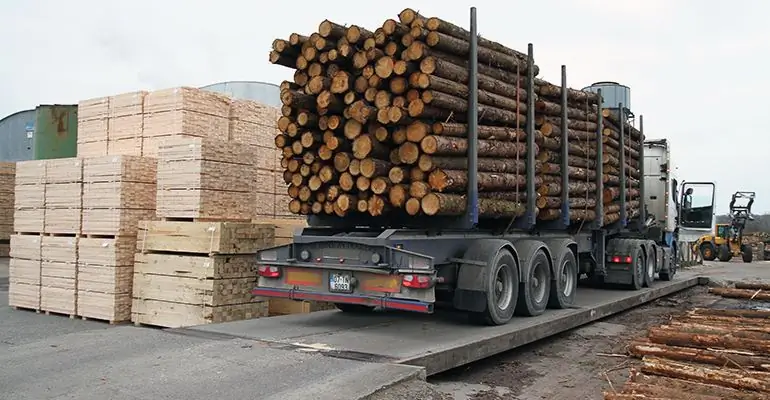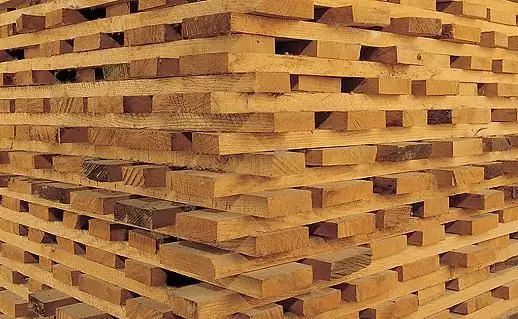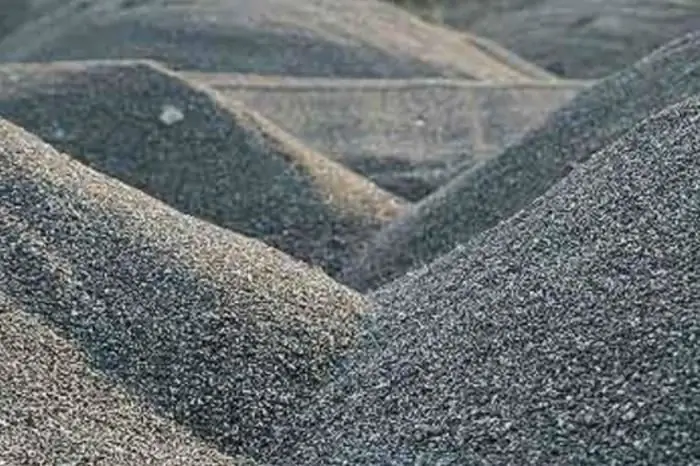2025 Author: Howard Calhoun | [email protected]. Last modified: 2025-01-24 13:10:37
Ratio to the volume of the mass of wood - this is how the density of the tree is calculated, no matter what kind of breed we are talking about. Kg\m3 - this is how this characteristic is expressed and indicated. In each individual breed, the density depends on the substances that define the cell. In addition, the mass of wood substance per unit volume becomes a rather important parameter. It is this property that largely determines the fact that each breed has its own density.
What else do you need to know about density?

When calculating the density for a particular breed, they talk about an average or conditional characteristic. In the case of a conditional, they talk about the relation to the volume of the mass, but the volume of cell cavities is not taken into account. And the wood itself is evaluated in a completely dry state.
For all types of wood, the main substance consists of approximately the same components. When calculating the density of a tree, , this must be constantly remembered. That is why in all breeds this conditional characteristic has approximately the same value. This is the number 1, 56 gsm2. Athumidity of 12 percent, all indicators of physical and mechanical properties are determined. The density of wood is related to strength. This characteristic can also be highly dependent on humidity. There are special tables in order to study the characteristics of a particular breed.
What about the average density?

Wood porosity and humidity are the main indicators that determine this parameter. Typically, the value is given in relation to 15 percent humidity.
Why is it so important to know this characteristic?
In practice, the density of a tree really matters a lot. For example, wood will be heavier and harder, in which this indicator is higher. This means that the material will be more difficult to process. Antiseptic wood with a higher density is also processed worse than other options.
This parameter serves as the basis for the classification, according to which existing breeds can be divided into three groups. For example, trees with low density. Of the conifers, this group includes all types of fir and spruce, pine, all types of cedar, and common juniper. If we talk about hardwoods, then Amur velvet, Manchurian, gray and white walnut, sowing chestnut, black and white alder, aspen, all types of willow, linden and poplar are worth mentioning.
What other types of trees are there?

The average figure in this direction are numbers from 560 to 750. Among conifers, yew and larch belong to thismind. But there are much more representatives of hardwoods here. For example, Manchurian and common ash, apple, persimmon, mountain ash, plane tree, walnut, hazel, maple, elm, elm, Mongolian, marsh, oriental and summer oak, pear, elm, European and oriental beech, black and yellow, fluffy, warty birch. These are species that have almost the same density of wood. The table will help you understand the features of this parameter, just find the right material.
Numbers from 750 and above are not so common, but you can still find such trees. For example, pistachio and boxwood. Or robbery. The density of tree species in this group is really surprising, but most of these plants are practically not found in our country.
Recommended:
Wood processing technology and production of wood products

Wood is an unusual and especially valuable material. For all its familiarity, it has an amazing set of technical and physical properties that a person cannot repeat with the help of synthetic substitutes. This is due to the extensive use of blanks made of natural wood in a variety of industries. Modern wood processing technologies and the production of wood products in general make it possible to provide people with furniture, building materials, decorations, utensils, etc
Beech density. Features, application and technological properties of wood

Beech is one of the most common tree species found in mixed and deciduous forests across much of Europe. It is widely used in the manufacture of furniture. Its wood has great strength, toughness and inelasticity. The density of beech, which will be discussed in the article, depends on the cellular structure and humidity
What is a project. Definition of the project, its features and characteristics

The word "project" (projectus) is translated from Latin as "outstanding, moving forward, protruding." And if you reproduce the concept of "project definition" in the Oxford lexicon, you get: "a well-planned start of a business, a personally created company, or a joint work aimed at achieving specific goals"
Drying wood and its features

In order for wood products to be durable and retain their original dimensions, wood drying is necessary, which has many features
Density of crushed stone - gravel, granite, limestone and slag. Bulk density of crushed stone: coefficient, GOST and definition

Crushed stone is a free-flowing, inorganic and granular material obtained by artificial crushing. It is divided into primary and secondary. This is an important fact. Primary - the result of processing natural stone: pebbles, boulders, pumice and other materials. Secondary is obtained by crushing construction waste, such as concrete, asph alt, brick. In this text, we will consider in more detail such a property as the density of crushed stone

